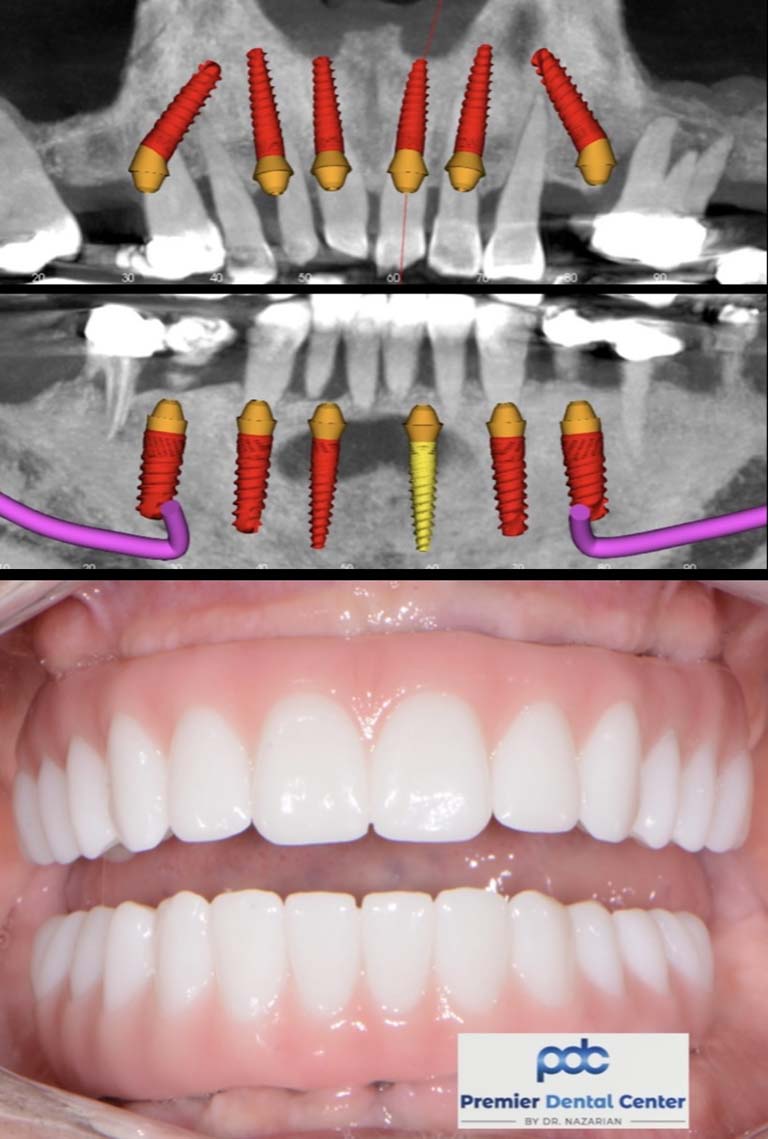See This Report about Dental Sense
See This Report about Dental Sense
Blog Article
Some Known Details About Dental Sense
Table of ContentsNot known Incorrect Statements About Dental Sense The Ultimate Guide To Dental SenseThe Dental Sense StatementsDental Sense Can Be Fun For Everyone
are clinical devices operatively dental implanted right into the jaw to restore an individual's capability to eat or their look. They offer assistance for man-made (fake) teeth, such as crowns, bridges, or dentures. When a tooth is lost as a result of injury or illness, an individual can experience problems such as rapid bone loss, defective speech, or modifications to eating patterns that cause discomfort.Oral dental implant systems contain an oral implant body and oral implant abutment and might also include a joint addiction screw. Dental implant vs bridge. The dental implant body is operatively inserted in the jawbone in location of the tooth's origin. The dental implant abutment is normally affixed to the implant body by the abutment fixation screw and prolongs with gums right into the mouth to support the connected man-made teeth
(https://www.twitch.tv/dentalsense1/about)Framework of The Oral Implant System selecting dental implants, talk to your dental service provider about the prospective benefits and dangers, and whether you are a candidate for the treatment. Things to consider: Your overall health is a crucial consider identifying whether you are a great candidate for oral implants, for how long it will require to recover, and the length of time the dental implant may remain in area.
Cigarette smoking may affect the healing process and reduce the long-lasting success of the implant. The recovery procedure for the implant body may take a number of months or longer, during which time you normally have a short-term abutment instead of the tooth. the dental implant procedure: Very carefully follow the oral health directions provided to you by your dental copyright.
Dental Sense Things To Know Before You Buy
Implant failure can lead to the requirement for one more procedure to take care of or change the dental implant system. Recovers the capacity to chew Restores cosmetic look Helps maintain the jawbone from diminishing due to bone loss Preserves the health of the surrounding bone and periodontals Assists keep surrounding (neighboring) teeth secure Improves lifestyle Damage to bordering all-natural teeth during dental implant positioning Injury to the surrounding cells during surgical treatment, such as sinus opening Injury during surgical procedure (for example, fracture of surrounding jawbone) Poor feature, such as really feeling like the teeth do not bite together usually An experience that the tooth hangs or twisting in position arising from an abutment screw loosening up Implant body failing (looseness of the implant body) due to systemic infection, which may be more likely in people with uncontrolled diabetics issues as a result of local infection in bone and gums supporting the dental implant body because of delayed recovery, which may be most likely in patients who smoke Trouble cleaning the gums around the implant, causing inadequate dental health Neglected periodontal illness Post-surgical pins and needles due to nerve impingement or damages Always inform health treatment carriers and imaging specialists that you have oral implants prior to any magnetic resonance imaging (MRI) or x-ray procedures.
FDA is not mindful of any unfavorable events reported for MRI or x-ray procedures with dental implants. Oral implants systems are generally made from products that comply with global consensus requirements of the International Company for Standardization (ISO) or ASTM International. These criteria have details of what makes a risk-free material.

An oral implant is a framework that replaces a missing tooth. With screw-like tools, the surgeon inserts an implant right into the jawbone, and it acts as a support for a man-made tooth, called a crown.
About Dental Sense
Some individuals are not eligible for dental implant surgery. It is for oral surgeons to operate individuals with: intense illnessuncontrollable metabolic diseasebone or soft cells condition or infectionIf these issues are resolved, a person can have the surgery. In, dental surgeons refrain from operating individuals with: If individuals with any one of the above undergo dental implant surgical treatment, there is a higher risk of the implant failing.

Dental dental implant surgery is a customized procedure. It's not the very same for everybody. The complying with gives a general summary of what you can anticipate your dental professional, oral doctor, periodontist or prosthodontist to do: Put the dental implant operatively. Offer you time to recover. Affix the article and last crown, bridge or denture.
Next off, your surgeon will carefully put the dental implant right into your jaw. If your implant is near the front of your mouth, your dental professional will certainly make a short-lived tooth for you to wear until you heal.
The Buzz on Dental Sense
Your company can inform you what to expect in your circumstance. During the recovery phase, your jawbone should fuse to the oral implant. This process, called osseointegration, is important for stability and long-term success. This process can take anywhere from 3 to nine months. In many cases, it might take longer.
As soon as your dental implant heals, your dental practitioner can connect the abutment (little adapter article) and your last repair (crown, bridge or denture). This normally takes regarding one hour to finish and might call for a second minor surgery. You should not really feel any kind of discomfort during your oral implant procedure because your copyright will certainly make use of medicine to numb your periodontals.
Report this page